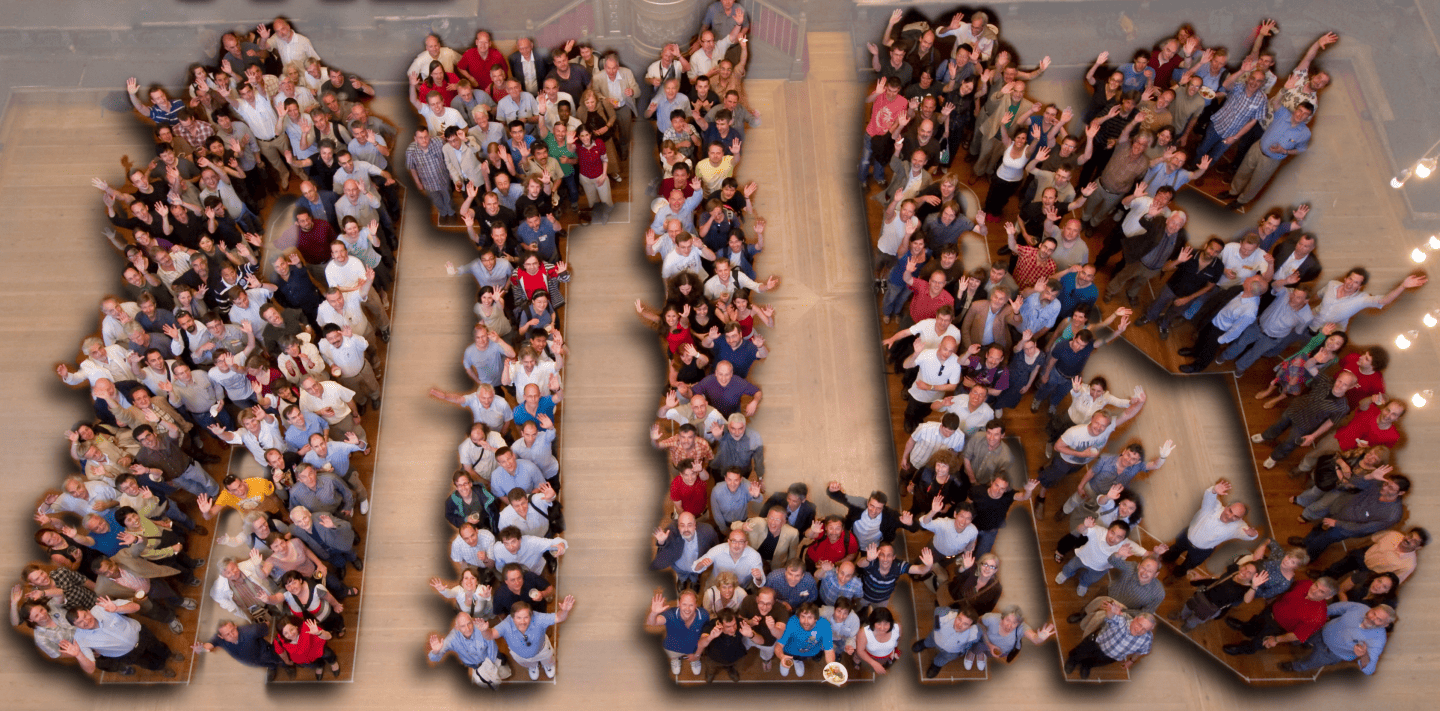ATLAS spokesperson Dave Charlton has seen the collaboration through countless milestones: from construction to start-up to the 4 July 2012 announcement, he’s been an integral part of the team. Now, after twelve years with the collaboration, Dave is moving into the main office for the next two years.
“2012 was a landmark year for ATLAS,” says Charlton. “We spent a lot of time in the limelight and, in many ways, all eyes are still on us. But with the shutdown now under way, our focus is shifting.” The team will be preparing the experiment for the higher energy run of 2015, while also preparing for detector upgrades later on.
“We have a lot of improvements scheduled for the detector,” says Charlton. “One of the most significant tasks will be the installation of a new inner pixel detector layer, 3.3 cm from the beam axis. A new inner pixel layer was foreseen in the original design of the experiment, and will give ATLAS improved flavour-tagging capability.”
The collaboration will also be refurbishing a number of detector elements, and installing and commissioning a new inner detector cooling plant. “These major projects, while not headline grabbing, should mean that the experiment operates even more reliably in the future than the high standard set so far,” says deputy spokesperson Thorsten Wengler.
“The detector improvements are but one part of the work ahead,” says deputy spokesperson, Beate Heinemann. “We also have an unprecedented amount of data to study. There is a lot of physics to understand, and collaboration members around the world will be very busy with analysis. So far, we’ve published or submitted almost 240 papers with collision data – including the Higgs paper in July 2012 – and we expect at least 100 more based on the 7 and 8 TeV LHC data.”
“We will also be improving the way we process and analyse data,” says Wengler. “While our systems have been performing remarkably well, after four years of running we have a good understanding of how we can improve things further.”
All in all, it will be a busy two years for the entire collaboration. Charlton says: “The collaboration continues to rely on the dedication and drive of its members, especially of our younger colleagues, who help make ATLAS such a fantastic place to work.”

